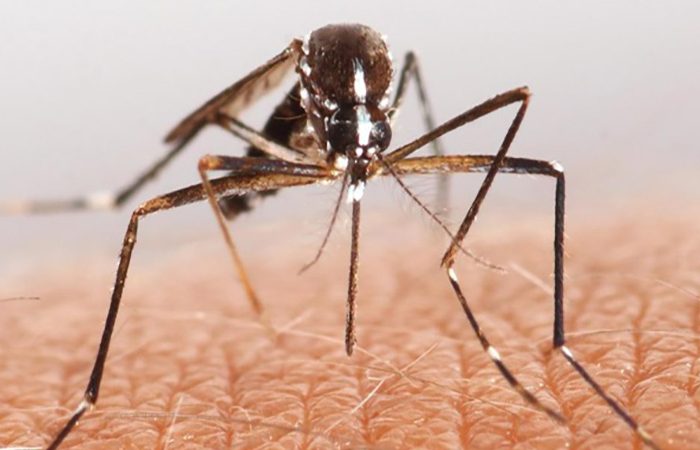
By Ross Smith (paramedic), Australian First Aid
Almost 24/7 sports on the channels of 7 will give most of us square eyes over the coming weeks. The excitement of early gold medals and watching our Olympians perform at their peak makes it harder and harder to get off the couch. But besides this great spectacle of the games, is there an underlying health concern for our sporting heroes.
We know that some athletes have decided to pull out of Rio because they have concerns about the Zika virus. Wimbledon runner-up Milos Raonic, Tomas Berdych, Simona Halep and Karolina Pliskova have all withdrawn because of their concerns about being infected by the Zika virus. While several other top ranking tennis players are noticeably ‘no shows’ citing reasons such as personal to scheduling to not attend the 2016 Rio games.
What is the Zika Virus?
A little-known infection transmitted by mosquitos, this virus appears to be related to dengue, yellow fever and West Nile virus. It is transmitted by some species of Aedes mosquito, particularly the Aedes aegypti. The infection can occur without symptoms but in some cases it can cause fever, rash, severe headaches, joint pain and muscle pain. Illness is usually not severe and hospital treatment is not required.
Zika was first detected in a monkey in Uganda in 1947, with the first human cases identified in Nigeria in the late 1960s. Outbreaks of Zika virus have previously been reported in tropical Africa, south-east Asia, and the Pacific Islands. It is believed the virus was introduced to South America, particularly Brazil, sometime in late 2014.
Most concern and public fear centres around a possible link between infection with Zika virus during pregnancy and birth defects including microcephaly, which causes brain damage in babies.
Signs and symptoms of the Zika Virus
The infection isn’t transmitted easily between people the way a common cold or the flu is, though. Experts are still uncovering insight to this end, although the virus could be sexually transmitted or passed on through blood transfusion.
For most people, the Zika virus causes a mild infection. Many wouldn’t even know they’re infected, as only about 20 percent carry its symptoms. These symptoms include an itchy rash, fever, mild joint pain and headache. It’s very similar to a common cold or seasonal virus.
So what is the risk to our athletes?
Despite World media attention, or should I say hype, any long-term health effects to our Olympians are relatively low. Not that I am dismissing the seriousness of this virus, but despite widespread concern, the World Health Organisation has confirmed that the 2016 Olympics will not affect the spread of the Zika virus as much as previously anticipated.
The agency says that the Zika risk in the city is dropping significantly this month, as it is South America’s winter – a period when fewer mosquitos are active. However, the WHO has advised pregnant women not to travel to areas with ongoing Zika virus transmission, including Rio de Janeiro. The organisation also advised the sexual partners of pregnant women returning from areas where the virus is circulating “to practice safer sex or abstain throughout the pregnancy.”
Despite the Zika virus being around since the 60’s, little is known about it and the risk of transition outside that of mosquito to human. Some leading experts suggest that in a male who has been infected by the virus it will be clear from their blood in about one week. Others say that not enough evidence exists to support this; so all athletes are advised to take adequate steps to protect themselves from being infected. As there is a possibility that the Zika virus could be transmitted sexually, athletes and visitors to Rio have been advised to practice safe sex.
Zika-proof condoms
The WHO and the Centres for Disease Control (CDC) recommend using condoms during intercourse to prevent transmission. That’s led to some opportunism from some businesses. For instance, Australia’s Olympic delegation will be provided ‘Zika-proof’ condoms by companies Starpharma and Ansell. These prophylactics contain an anti microbial agent the companies claim offer even more safety.
To be clear, all condoms protect against Zika. The 450,000 free condoms (100,000 female ones and 350,000 male ones) that Brazilian authorities will be distributed during the games, will be just as effective as the specialty ones that Australian athletes will be equipped with.
Other precautions such as mossie repellant and sleeping under nets all reduce the risk of infection.
Is a Zika virus outbreak headed to Australia?
It is possible. Transmission could happen anywhere there is dengue. Mosquitoes will play the most important role in any local transmission and only one of hundreds of mosquitoes found in Australia can transmit Zika virus, the Aedes aegypti. This species is only found in north Queensland.
For the virus to spread here, the Aedes aegypti mosquito would have to ‘bite’ an infected traveller shortly after they have returned from the country where they contracted the virus. The infected mozzie would then go on to ‘bite’ a local.
The chances are small but not impossible. There have already been 6 cases of the Zika virus diagnosed in Australia; all diagnosed have contracted the virus overseas and returned infected.
How will I know I’ve got it?
A laboratory can confirm the diagnosis by blood tests. However, most diagnoses of Zika virus are based on people’s symptoms and travel history. Symptoms are usually mild and appear a few days after the infected mosquito ‘bites’ a person.
If you have been traveling and return unwell, it is important to seek medical attention and report any signs and symptoms.

